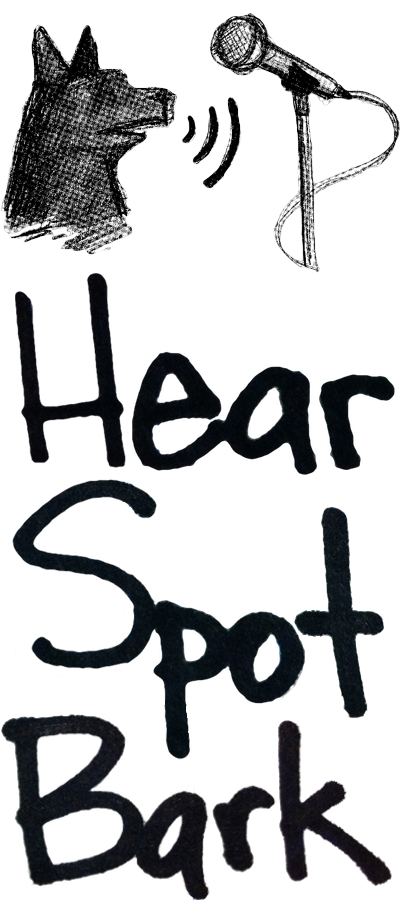This article from designing sound.org (click on the post title), is a good starting position for this conversation. I've worked in a lot of different places, with different people, doing different things: video games, multimedia presentations, plays, musicals, television shows, and films (both indie and major studio). In none of these capacities have I worked alone - always as part of a team. Working as part of a team will always have unique challenges, be they working conditions, personalities, quality of tools or material,s and size of budget. We, as sound people, always seem to be fighting for elbow room at the creative table, fighting for more input and respect from older more established disciplines, like lighting, costumes and scenery.
“There’s been a push to give sound a better seat at the creative table in each of our respective mediums. It’s not a new idea; it’s been sought for a long time. We seek to assert ourselves as story-tellers and artists, not mere “technicians”…to serve another’s vision without being subservient to the visual. We know that we can add to, and drive, the story…and we want that opportunity.”
I like the point of this article. The way I see it, we have to first and foremost do our jobs to the best of our abilities, and let our work speak loudly. The quality of our work, of our storytelling, will get us into the conversation with those who recognize its power. We also have to remember that it's not our story, but the one that we're helping to tell.
In addition to designingsound.org, the source for this post, hat tip to the Tonebenders (tonebenders.net, @thetonebenders, and a great podcast) for pointing out the article. Check them out, too!


